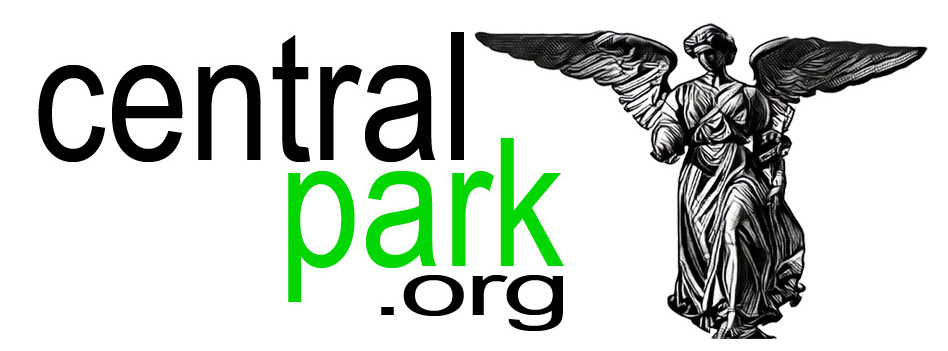Rose (Rosa)
Roses are the royalty of the flowering plant kingdom, their long history including many instances of famous namesakes, critically acclaimed collections and one rather notable war. As would be expected they form a critical element to the Conservatory Garden and can be found throughout.

Roses
Along the upper walk of the North Garden are ever blooming roses. In the north and south beds are white R. ‘Sea Foam’ – which bloom well into the fall, require little attention, and are seldom bothered by disease or pests. The east and west beds are planted with R. ‘Carefree Wonder’, a bright pink, fragrant shrub rose.
The arbors are covered with Rosa ‘Silver Moon‘, an old-fashioned climbing rose with large, luminous white blooms. In early spring, the park gardeners untie the roses and pull them off the arbors, then prune out old and weak canes, leaving only the strongest.
The facts – a rose is a flowering shrub of the genus Rosa, and the flower of this shrub. There are more than a hundred species of wild roses, all from the northern hemisphere and mostly from temperate regions. The species form a group of generally prickly shrubs or climbers, and sometimes trailing plants, reaching 2–5 metres tall, occasionally reaching as high as 20 metres by climbing over other plants.
The name originates from Latin rosa, borrowed through Oscan from colonial Greek in southern Italy: rhodon (Aeolic form: wrodon), from Aramaic wurrd?, from Assyrian wurtinnu, from Old Iranian *warda (cf. Armenian vard, Avestan warda, Sogdian ward, Parthian wâr).
Like Echinacea Roses also have health benefits as well. Rose hips are sometimes eaten, mainly for their vitamin C content. Of course the rose has always been valued for its beauty and has a long history of symbolism. The ancient Greeks and Romans identified the rose with their goddesses of love referred to as Aphrodite and Venus. In Rome a wild rose would be placed on the door of a room where secret or confidential matters were discussed. The phrase sub rosa, or “under the rose”, means to keep a secret — derived from this ancient Roman practice.
Early Christians identified the five petals of the rose with the five wounds of Christ. Despite this interpretation, their leaders were hesitant to adopt it because of its association with Roman excesses and pagan ritual. The red rose was eventually adopted as a symbol of the blood of the Christian martyrs. Roses also later came to be associated with the Virgin Mary.
The rich cultural history of the Rose is only matched by its regal beauty. It’s pedigree certainly makes it worthy of its very posh address along New York’s Fifth Ave.
 Conservatory Garden
Conservatory Garden
One of the hidden wonders of Central Park is the Conservatory Garden at Fifth Avenue and 105th St. A secluded oasis, just a few steps down from one of the City’s busiest thoroughfares; the garden offers a fragrant respite from the gasp and clatter of the urban afternoon.


